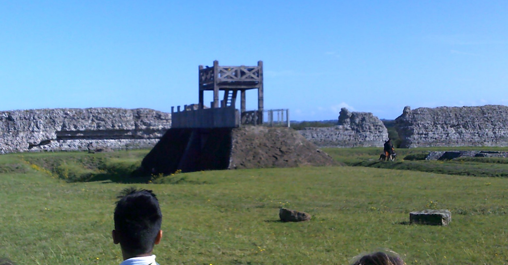Term 1
Science – Digestive System Experiment
We had great fun learning about how the digestive system helps us to absorb nutrients and water from the food we eat and how waste from our body is produced. We looked at the different parts of the digestive system and then recreated our own version of the intestines to look at how food moves through it. We produced our own mixtures of food using porridge oats, food colouring, banana, crackers and syrup. Next, we used the end of a pair of tights to represent the intestines. We noticed that as we squeezed the mixture through, most of the liquid leaked out and, in the end, we were left with the solids. An amazing experiment Justice Class. Make sure you ask us about some interesting facts!
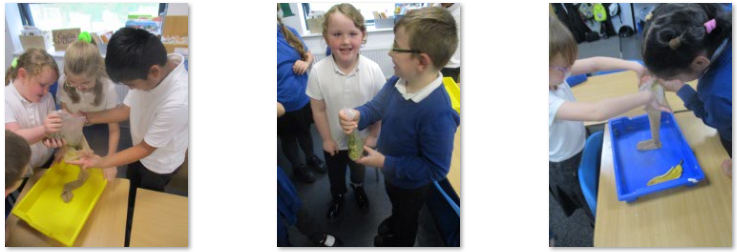
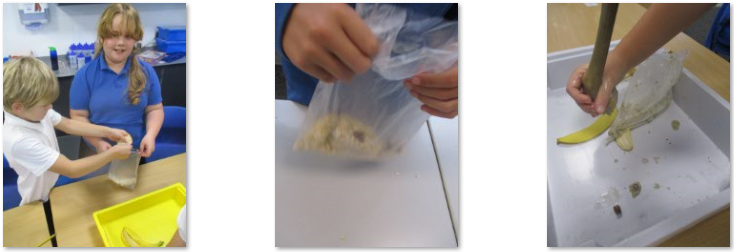
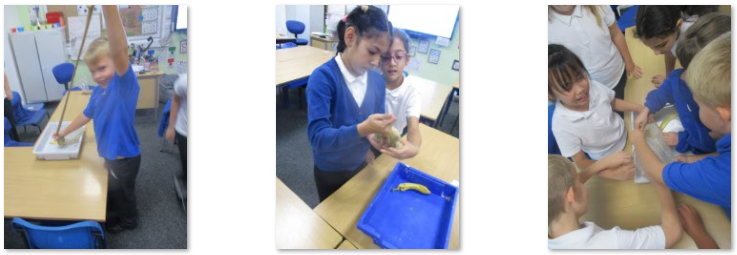
Author Visit – Stuart Heritage
On Tuesday 1st October, Justice Class were lucky to have a workshop with Stuart Heritage, an author of some very exciting children’s books. We spoke about his most recent book, ‘Attack of Aunty Enchanty’, as well as considering some of our own ideas for his future stories. We worked with him to create our own class monster, considering all the elements to make them a great character for a story. We had such a wonderful time.
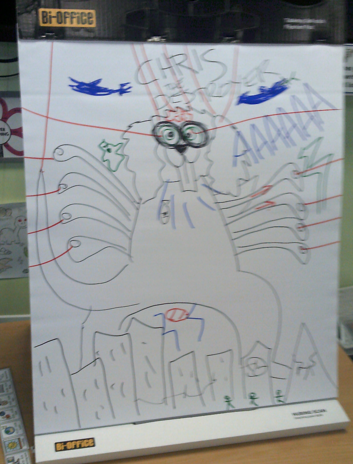
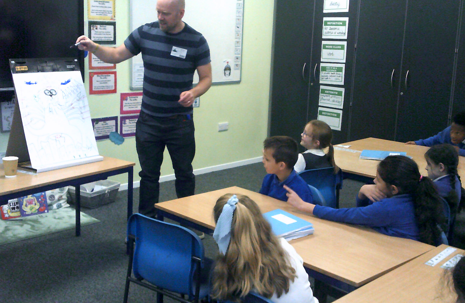
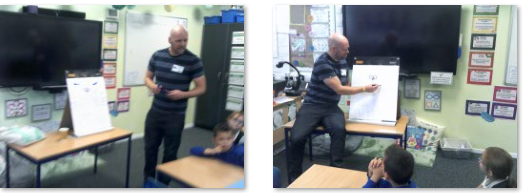
Art – Marvellous Mosaics
As part of our Roman topic lessons, we explored how the Romans created mosaics as well as the purpose and designs they used. We used these ideas to design and create our own mosaics. This included using pencil to colour squares, then using mosaic foam squares before finalising our designs using real mosaic tiles. We worked together as a team to support each other with our designs and we are very impressed with the outcomes!


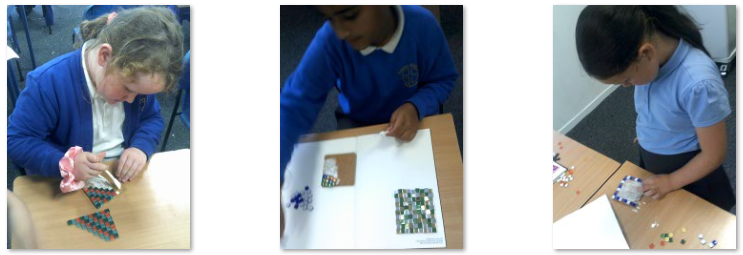

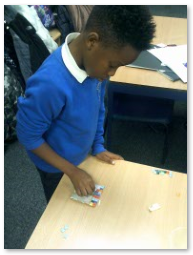
Richborough Roman Fort Trip
On Friday 13th September, Justice Class visited Richborough Roman Fort. We were very lucky with the weather as we toured the ruins that had been left from when the Romans used the fort. We spent time looking at real artefacts from the Roman era and also being able to hold replica items created to resemble items the Romans would have used. We had an amazing day and all the adults commented on our respectful attitude.


